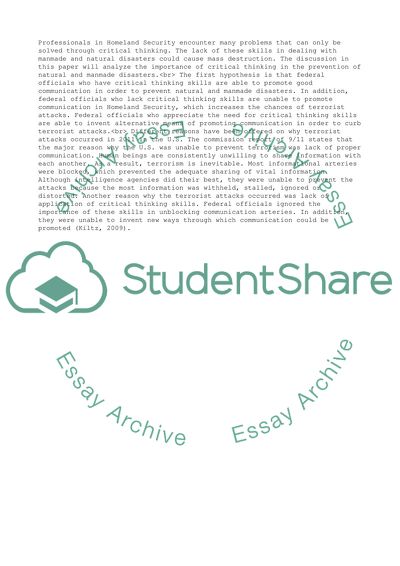Cite this document
(“Homeland Security and Emergency Management Research Paper”, n.d.)
Homeland Security and Emergency Management Research Paper. Retrieved from https://studentshare.org/management/1766999-homeland-security-and-emergency-management
Homeland Security and Emergency Management Research Paper. Retrieved from https://studentshare.org/management/1766999-homeland-security-and-emergency-management
(Homeland Security and Emergency Management Research Paper)
Homeland Security and Emergency Management Research Paper. https://studentshare.org/management/1766999-homeland-security-and-emergency-management.
Homeland Security and Emergency Management Research Paper. https://studentshare.org/management/1766999-homeland-security-and-emergency-management.
“Homeland Security and Emergency Management Research Paper”, n.d. https://studentshare.org/management/1766999-homeland-security-and-emergency-management.


